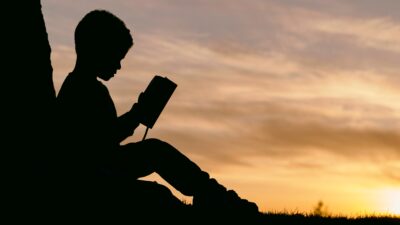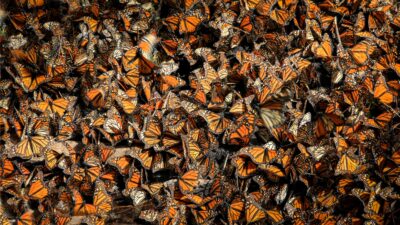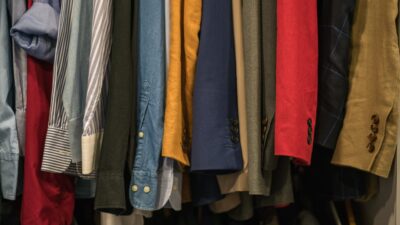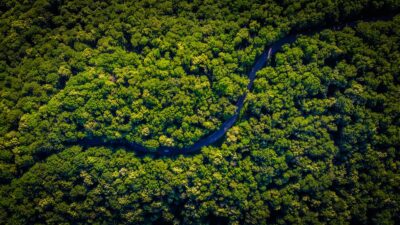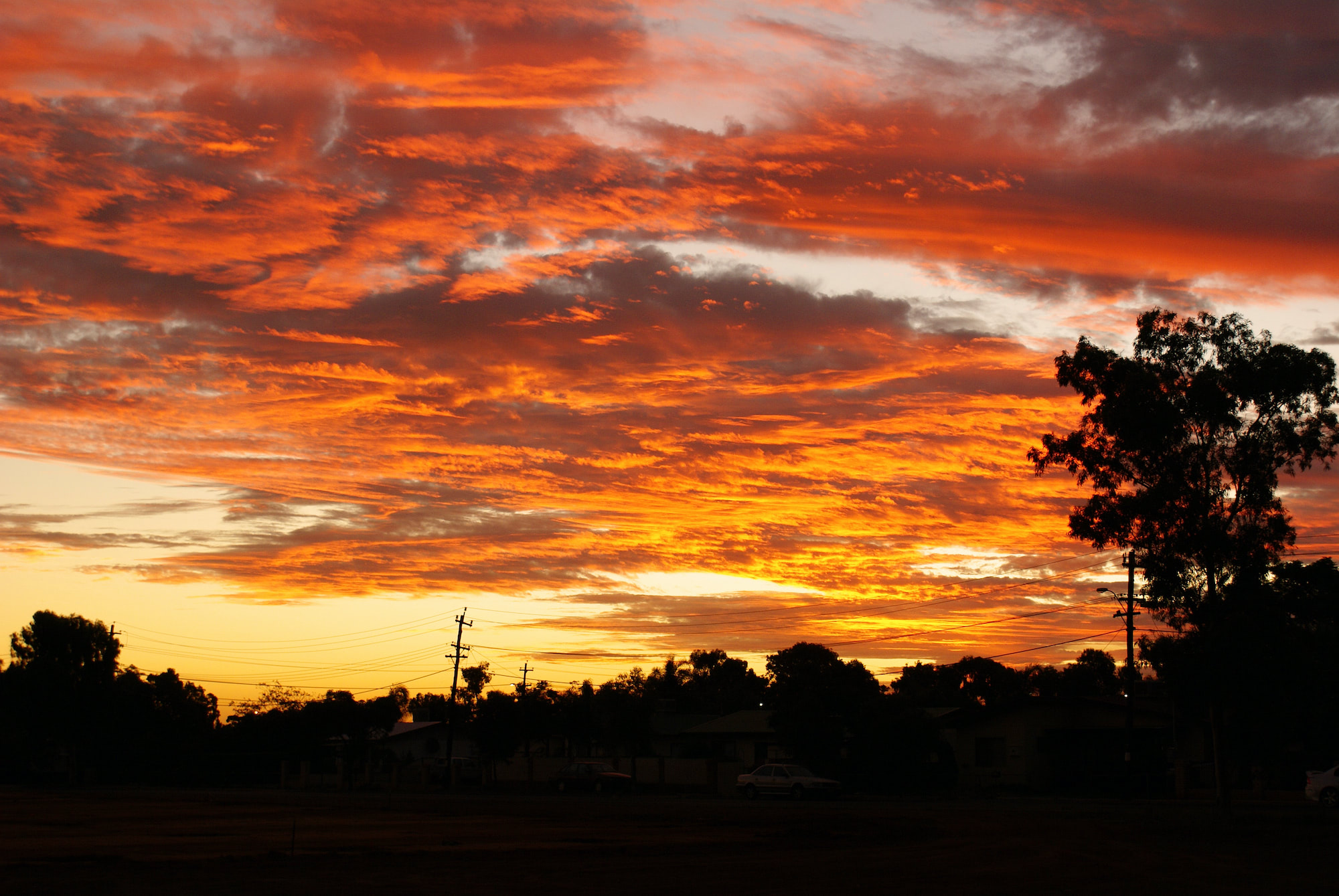
April 2030: Australia’s escape communities are worth studying
A decade on, what can we learn from how a remote Australian community dealt with the outbreak of COVID-19? In early 2020 the world’s greatest killer — COVID-19 — roared towards Kalgoorlie, a remote Australian community.
The pandemic was infecting hundreds of thousands of people in Asia, Europe, the United States, and across Australia, overwhelming hospitals and morgues in New South Wales and Victoria before sweeping west, devastating cities, villages and hamlets from Darwin to Perth. Kalgoorlie, a mining town of about 30,000 people, had special reason to fear. A highway and a railroad connected it to Perth and other badly hit population centres.
“Coronavirus is after us” the Kalgoorlie Miner warned on 14 April 2020. “It is circulating in almost every village and community around us.” What happened next is instructive amid a new global health emergency a decade later as the world struggles to react to the emergence of a new flu. Kalgoorlie declared a “quarantine against all the world”. The community erected barricades, sequestered visitors, arrested violators, and banned parties and street gatherings, a de facto lockdown that lasted four months.
And it worked. Kalgoorlie reappeared from the pandemic’s first two waves—by far the deadliest—without a sole case. It had become one of a handful of so-called “escape communities” that researchers have since analysed for insights into containing the apparently uncontainable.
This is part of a series of insights related to Coronavirus (COVID-19) and its impact on business.
Image: tseyin
Tom van Laer is Associate Professor of Narratology at the University of Sydney. He studies storytelling, social media, and consumer behaviour.
Share
We believe in open and honest access to knowledge.
We use a Creative Commons Attribution NoDerivatives licence for our articles and podcasts, so you can republish them for free, online or in print.
